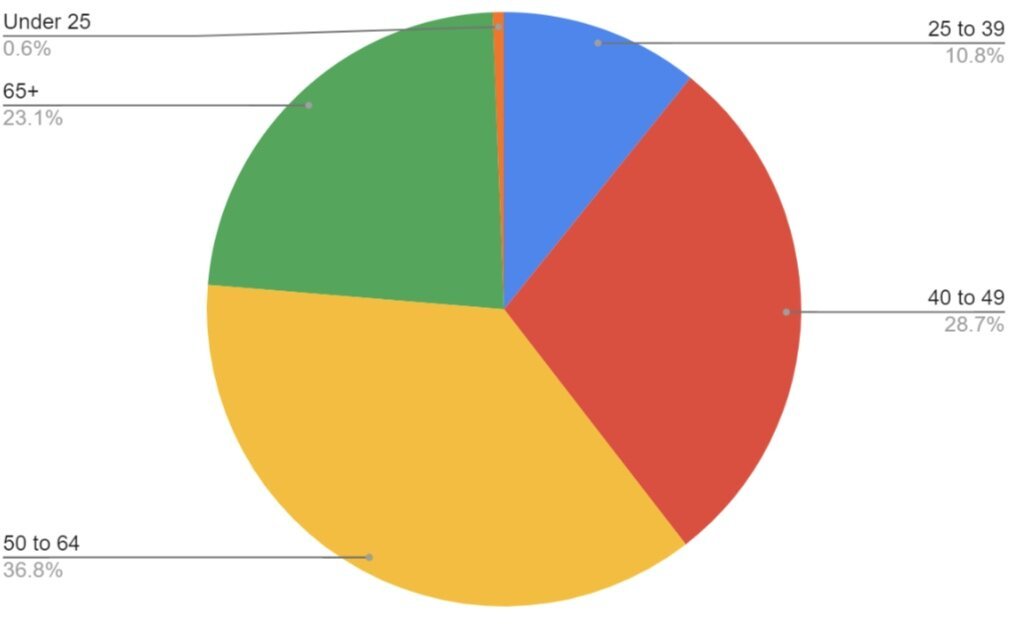2022 School Board Election Landscape
Introduction
According to the BallotReady database, there are over 81,000 school board seats in the country (the majority of which are elected positions) making it one of the largest and most significant branches of local government. With over a quarter of those seats up for election in 2022, it is more important than ever to understand where these races are taking place, partisan and demographic breakdowns, and which states have the most at stake.
This graphic shows the number of school board seats up for election in each state this year:
School boards set the strategic vision for their district, creating policies, hiring administrators, and influencing the schools’ curriculum. As one of the most local forms of government, the organization of boards frequently looks decidedly different, even within the same state. Boards may be elected or appointed, represented at-large or by district, and be unified within a community or separated by education level. These differences are often determined by geographic location, local government type, or student population.
2022 Landscape
With over 21,000 school board seats up for election across 43 states, the 2022 election cycle has the possibility to significantly change the makeup of school boards. About half of these elections will be held on the general midterm election date of November 8, with the rest being held on other dates throughout the year. For more information on dates of specific races, check out our 2022 Election Tracker. These elections historically have very low voter turnout, giving highly engaged voters a significantly greater influence on the outcome.
Partisanship Breakdown
While school boards have historically been nonpartisan, Alabama, Louisiana, and Pennsylvania have partisan elections, while several other states, including Georgia, South Carolina, and, most recently, Tennessee, allow individual boards to elect to be partisan. Partisan boards are evenly split among parties, with 42% Democrats, 41% Republicans, 15% independents, and 2% minor parties. With renewed political focus on local education policy in the past year, many states are considering moving towards partisan school boards.
Demographic Breakdown
In partnership with the Pipeline Initiative and Catalist, BallotReady engaged in demographic matching for about 30% of school board office holders, and the results of this study demonstrates the importance of voting in school board elections. Of the office holders we were able to match, board members are evenly split by gender, with 51% of members being female and 49% being male. There is a marked lack of diversity, with 90% of school members being White, 6% being Black, and 3% Hispanic. They are also skewed older, with 37% aged 50-64, 23% over 65, and only 11% under 40 years old.
Michigan Deep Dive
Michigan exemplifies the importance of school board elections this year. In November, nearly 1,500 school board seats, about 38% of the total number of school board seats in the state, will be on the ballot along with Congress, the Governor, Secretary of State, Attorney General, and every state legislator. Michigan school boards are nonpartisan, meaning there will be no primary and voters will be introduced to the candidates for the first time on the November ballot. In 2020, over half of Michigan school board seats were uncontested, taking away voters’ choice of their school board representatives.
2022 is a significant year for the future of school boards, making it vital to recruit candidates and educate voters about these races. BallotReady is tracking all of these races and collecting relevant data across the country to ensure we are prepared to cover this complex and critical branch of local government.







